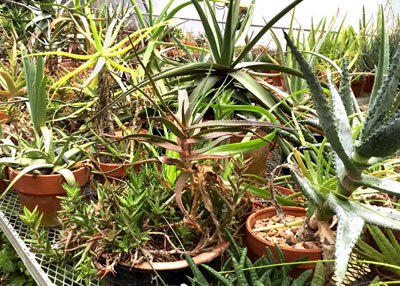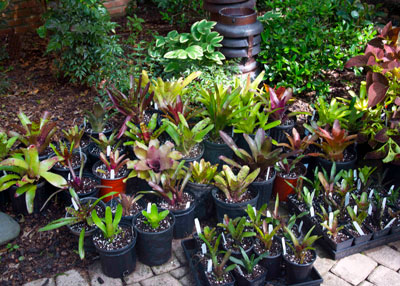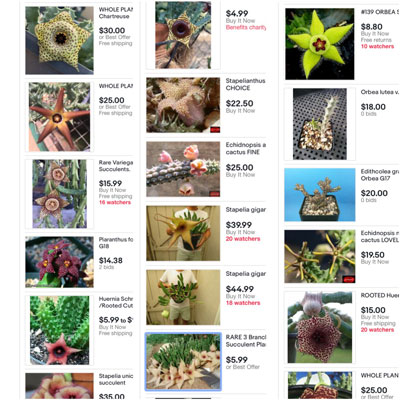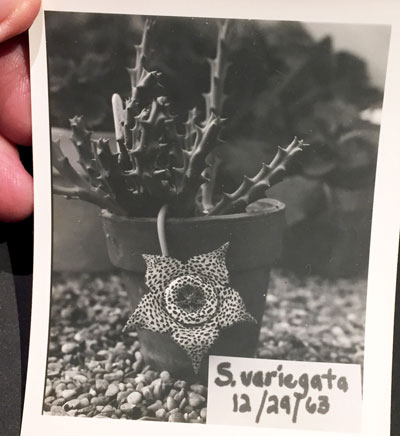Buying Rare Plants on eBay
Our country’s business economy was founded on local retailers – where you could make friends with the owner. He or she lived in your community and worked alongside you in schools and church and on civic committees. That’s what America is all about.
So why would I ever support buying plants on eBay? Because there are plants that you just can’t find anywhere else. I know because I’ve tried.

I become obsessive about my plants. I fall in love with a particular type of plant and before long I’m trying to collect as many of them as I can humanly find. That’s how I ended up with 500 varieties of daylilies. And then 100 types of Rex begonias. And then 400 varieties of haworthias and 100 types of aloes. 100 types of dwarf bromeliads. I have 35 varieties of hollies out in our landscape, and I’m helping our hometown (McKinney) find and grow all the known varieties of crape myrtles (somewhere beyond 125).

Recently someone posted a photo of her stapelia (starfish flower) in bloom on my Facebook page. Her plant was doing beautifully, as was a portulacaria plant in the background (not an easy plant to maintain). I suggested she might consider collecting some of the other really unusual stapeliads, and that eBay would probably be the best possible source.

At the time that I wrote that for my Facebook friend there were almost 700 matches for different types of stapelias on eBay. It would be a great time to start a collection.
eBay plant-buying tips…
• Know the exact name of the plant that you’re seeking. It doesn’t need to be the botanical name.
• If you don’t find a match, try alternate names or alternate spellings.
• Always search in the singular. You’re buying one plant, and that’s how they’ll be listed.
• Check the feedback on each vendor. You really want to do business only with someone with a satisfaction rating approaching 100 percent. Anything less than 98 or 99 percent needs to be checked out.
• Check the vendor’s location. That becomes important as we near freezing weather.
• Read the description carefully. Sometimes with plants like stapelias and other succulents a vendor will photograph a mature specimen. They will explain in the description that you’ll be getting a smaller plant or even an unrooted cutting. Out of more than 1,000 purchases I’ve made off eBay, the only one where I’ve been disappointed was where I didn’t read the description carefully enough.
• Contact the vendor if you have questions.
• Be sure to leave feedback after the plant arrives. The vendor will be doing the same for you.
• Happy shopping!

